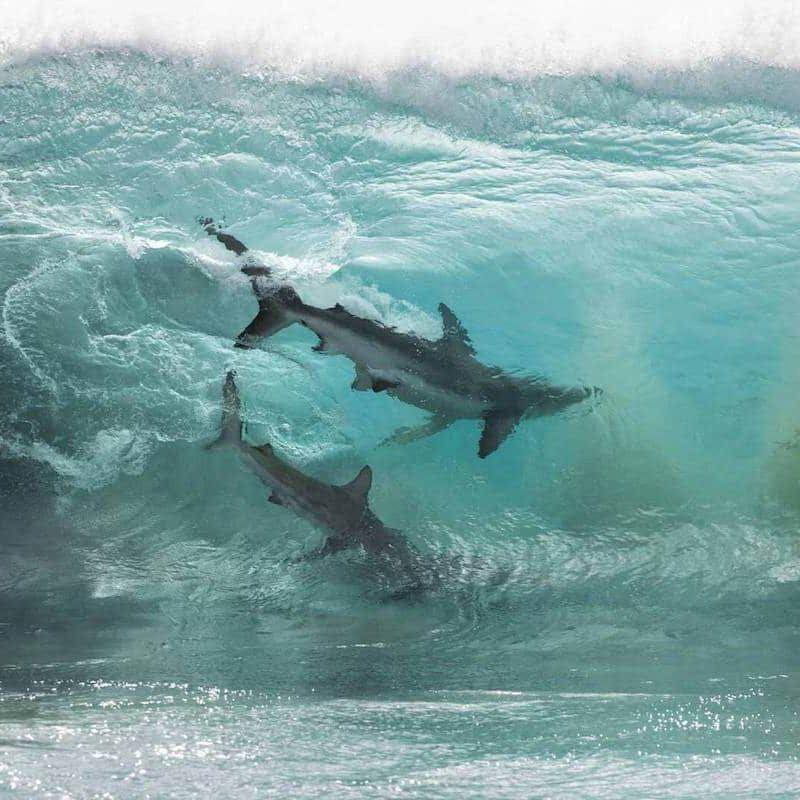Beaches often evoke images of serene sand, crystal-clear waters, and gentle waves that call you to relax and unwind. But what if some of the most beautiful beaches also hide deadly secrets beneath their pristine surfaces? Unfortunately, the beauty of certain beaches can often be deceiving. These stunning coastal locations can be incredibly dangerous and even deadly, making them some of the most perilous beaches in the world. Whether it’s due to dangerous marine life, unpredictable tides, or toxic waters, these beaches will make you think twice before stepping foot on them. In this article, we’ll explore the 10 most dangerous beaches in the world and why they’re considered “beautiful with a price.”
1. Hanakapiai Beach – Monster of Rip Tides (Hawaii, USA)
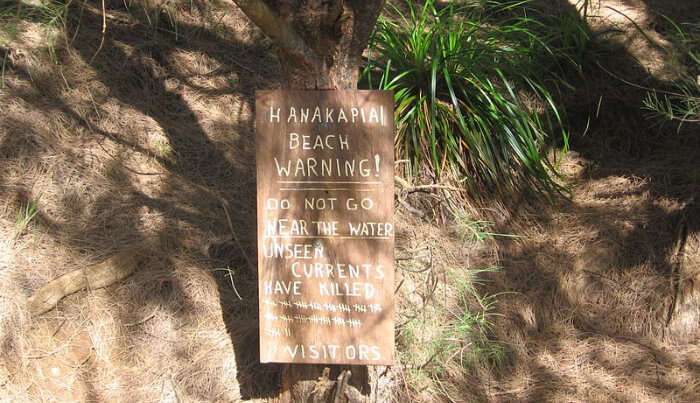
Hanakapiai Beach in Hawaii may look like a tropical paradise, but it comes with a hidden danger. The beach’s golden sands and black cliffs create a stunning view, but the waters are notorious for powerful rip currents that can pull swimmers out to sea in a matter of seconds. Over the years, many swimmers have been caught in these currents, with some never returning. The beach is located on the island of Kauai and is part of the Na Pali Coast. While its beauty is undeniable, its dangerous waters make it one of the most perilous beaches in the world.
Why It’s Dangerous:
- Rip currents: Powerful currents that can easily drag swimmers into the open ocean.
- Limited access: The beach is isolated, making rescue operations difficult.
- Treacherous swimming conditions: Even experienced swimmers can find themselves in trouble in these waters.
2. Skeleton Coast – Don’t Turn Into a Skeleton! (Namibia)
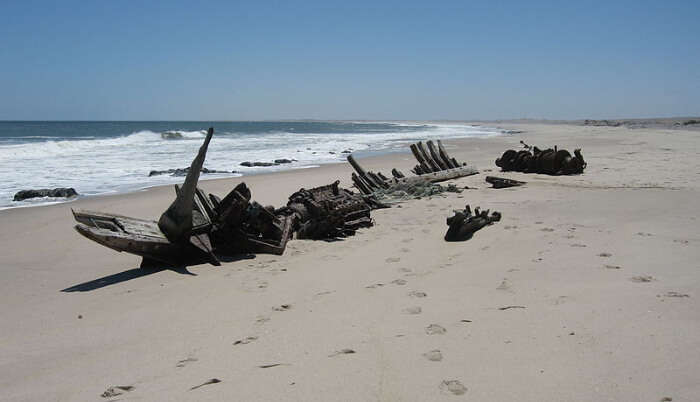
The Skeleton Coast in Namibia is a beach with a haunting reputation. Named after the many shipwrecks that have occurred along its shores, this beach is not only dangerous because of its history but also due to the harsh environmental conditions. The Benguela Current creates dangerous waters and frequent fog, making it difficult for ships to navigate. The coast is also home to wild animals such as hyenas and tigers, adding to the potential dangers for travelers.
Why It’s Dangerous:
- Shipwrecks: The coast is littered with wrecked ships due to unpredictable currents and thick fog.
- Wild animals: Dangerous predators, including hyenas, can be found on the shore.
- No rescue facilities: The remote location makes it hard for help to reach those in trouble.
3. Cape Tribulation – Stingers, Stingers Everywhere (Australia)
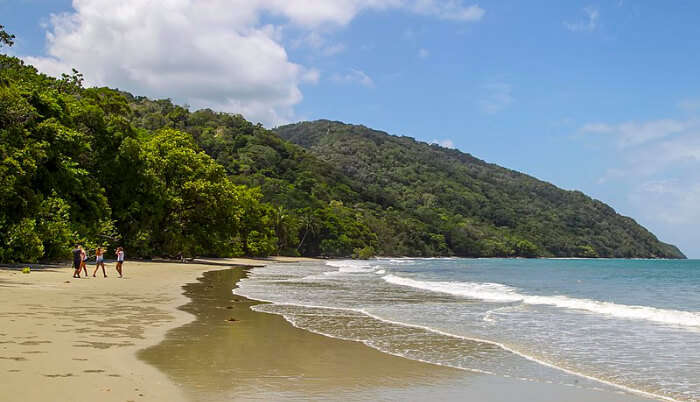
Cape Tribulation in Australia is famous for its natural beauty, but it’s also home to some of the deadliest marine creatures in the world. The waters are infested with box jellyfish, which are known for their potentially lethal sting. Along with the jellyfish, crocodiles also inhabit this region, making it one of the most dangerous places to swim or explore on foot.
Why It’s Dangerous:
- Box jellyfish: Their sting can cause heart failure and death if not treated immediately.
- Crocodiles: The beach is home to large populations of saltwater crocodiles.
- Extreme wildlife danger: Not only marine life but also land-based creatures like snakes and spiders pose a risk.
4. New Smyrna Beach – Deadly Jaws Await (Florida, USA)
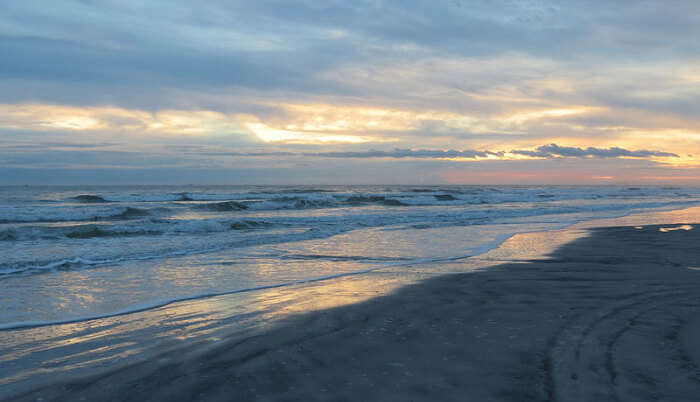
New Smyrna Beach in Florida has earned the nickname “Shark Capital of the World” due to the high number of shark attacks that occur here. Despite its beauty and popularity with surfers, the waters of New Smyrna Beach are known for being home to various species of sharks. The presence of sharks, combined with the area’s popularity for water sports, increases the chances of dangerous encounters.
Why It’s Dangerous:
- High shark population: Frequent shark attacks have occurred, earning the beach its grim nickname.
- Popular with surfers: Surfers are often at a higher risk of shark attacks due to the movement in the water.
- Unpredictable waters: The shallow waters near the shore can make it hard to spot sharks lurking.
5. Fraser Island – The Sweet Sinners (Australia)
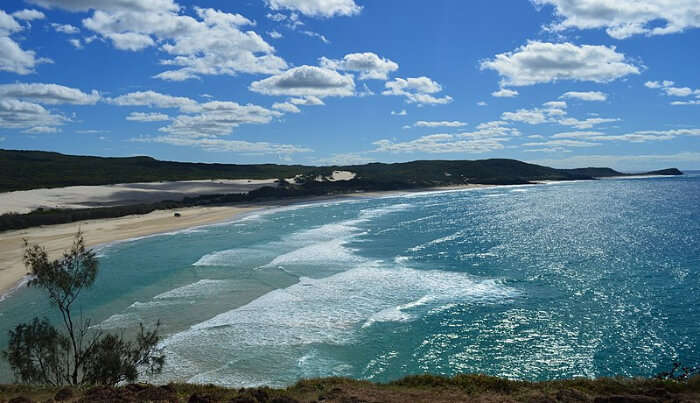
Fraser Island in Australia is famous for its stunning scenery, including rainforests, sand dunes, and freshwater lakes. However, the beach is also home to Dingoes, a wild dog species that has been known to attack humans. In addition to the Dingoes, the waters around Fraser Island are filled with dangerous jellyfish species that have stung and killed many beachgoers.
Why It’s Dangerous:
- Dingo attacks: These wild dogs can be aggressive and have attacked tourists.
- Jellyfish stings: Dangerous species like box jellyfish can be found in the waters.
- Harsh terrain: The island’s remote location and difficult terrain make it dangerous for unprepared travelers.
6. Gansbaai – Home of Sharks (South Africa)
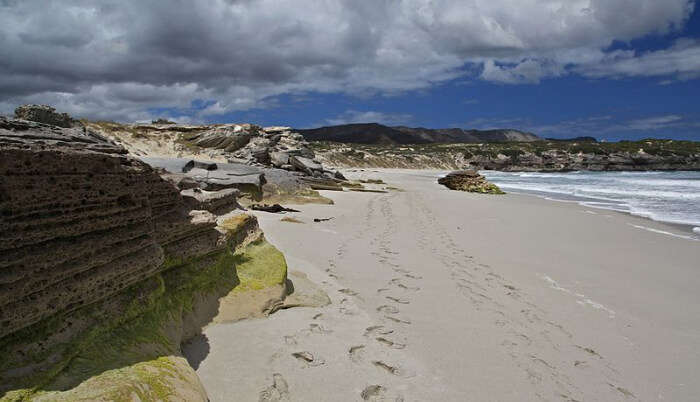
Known as one of the shark diving capitals of the world, Gansbaai in South Africa is not only a place where tourists go to encounter great white sharks, but it’s also a beach where these predators thrive in the wild. The area is infamous for frequent shark attacks, and with its cold waters, it’s a place where swimmers and divers must be extra cautious.
Why It’s Dangerous:
- Great white sharks: The region is home to a high concentration of these deadly predators.
- Shark diving accidents: Many accidents have occurred during shark cage diving expeditions.
- Cold waters: The chilling waters can disorient swimmers, making it easier for sharks to strike.
7. Playa Zipolite – Fatal Tides (Mexico)
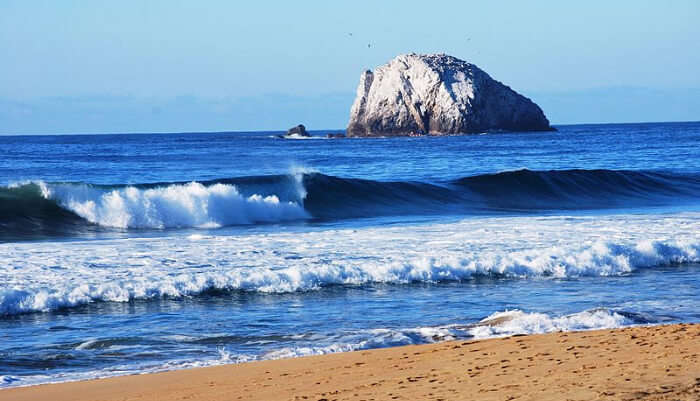
Playa Zipolite is one of Mexico’s only nude beaches and is known for its relaxed atmosphere. However, the beauty of the beach is overshadowed by the dangerous tides that have claimed many lives. The beach is notorious for its strong rip currents, which can drag swimmers out into the ocean. Because of these hazardous tides, Playa Zipolite has earned the nickname “Beach of the Dead.”
Why It’s Dangerous:
- Rip currents: These powerful currents can quickly pull swimmers far out into the ocean.
- Limited lifeguard presence: The lack of safety personnel makes it harder to rescue swimmers in distress.
- Fatalities: The beach has claimed numerous lives due to its dangerous tides.
8. Kilauea Beach – Warning, Hot Waters Ahead (Hawaii, USA)
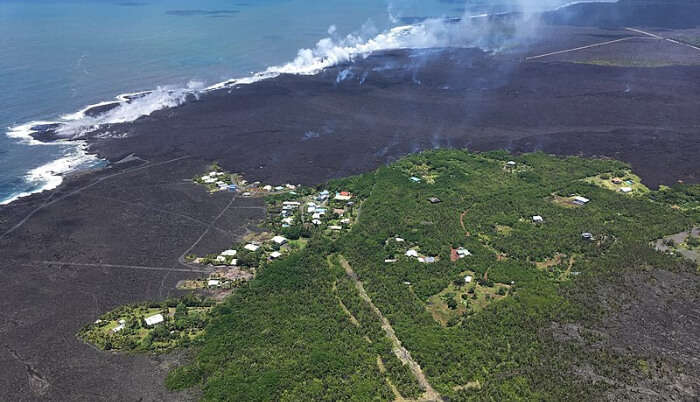
Hawaii’s Kilauea Beach may be stunning with its black sand, but the volcanic activity near the beach creates a significant danger. The Kilauea Volcano, which has been continuously erupting for decades, releases lava into the waters, raising the water temperature to dangerous levels. The water can reach up to 100 degrees Fahrenheit, which is unbearably hot and can cause serious burns.
Why It’s Dangerous:
- Volcanic activity: The continuous eruption of lava increases the water temperature dramatically.
- Extreme heat: The scalding water can cause burns and injuries to swimmers.
- Unpredictable eruptions: The constant threat of lava flows makes it risky to approach the beach.
9. Chowpatty Beach – Toxicity at Its Peak (Mumbai, India)
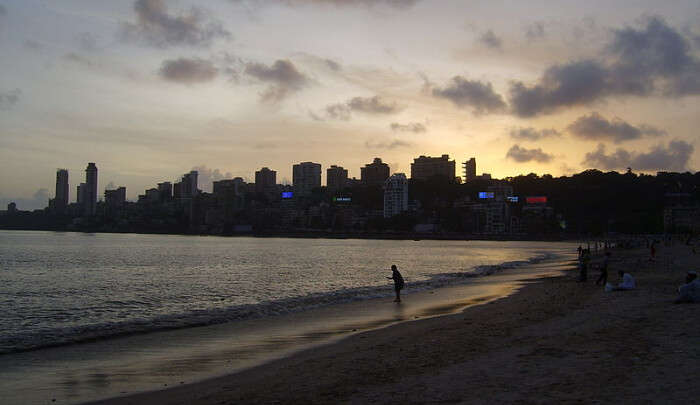
Located in Mumbai, Chowpatty Beach is one of India’s most famous beaches, but it’s also one of the most toxic. The beach is contaminated with untreated sewage and garbage, making it a hazardous place for beachgoers. Toxic water and high pollution levels make it dangerous to swim in the area. Many visitors come for the vibrant local culture and festivals, but the beach’s dangerous waters should be avoided for anyone looking for a healthy swim.
Why It’s Dangerous:
- Toxic waters: High levels of pollution and untreated sewage make the waters unsafe.
- Health risks: Swimming in contaminated water can lead to serious infections and diseases.
- Lack of sanitation: The lack of proper waste disposal makes the beach even more hazardous.
10. Amazon River Beaches – The Deadly Trap (Brazil)
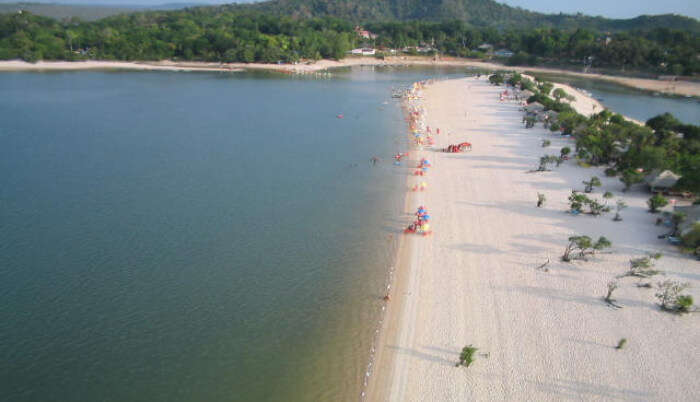
The Amazon River is home to some of the world’s most dangerous aquatic life, and the beaches along the river are no exception. Electric eels, piranhas, anacondas, and a species of fish that can swim into any body opening make these beaches deadly. The combination of deadly creatures and strong currents makes the Amazon’s beaches one of the most dangerous places in the world to visit.
Why It’s Dangerous:
- Deadly wildlife: The river is home to some of the world’s most dangerous animals, including piranhas and electric eels.
- Unpredictable currents: The strong river currents make it difficult for swimmers to escape.
- Limited access to medical help: The remoteness of the Amazon means help may be far away in case of an emergency.
Conclusion
Beaches are often viewed as places of beauty, relaxation, and fun. However, some of the world’s most scenic beaches come with hidden dangers that should not be ignored. From dangerous rip currents at Hanakapiai Beach to deadly wildlife at Gansbaai, these beaches prove that beauty often comes with a price. Whether it’s the strong tides, poisonous jellyfish, or dangerous marine life, it’s essential to be aware of the risks before stepping foot on these hazardous shores. Always prioritize safety and be sure to check local advisories before visiting these beaches.
For more information on extreme travel and the world’s most dangerous destinations, read the following articles:
